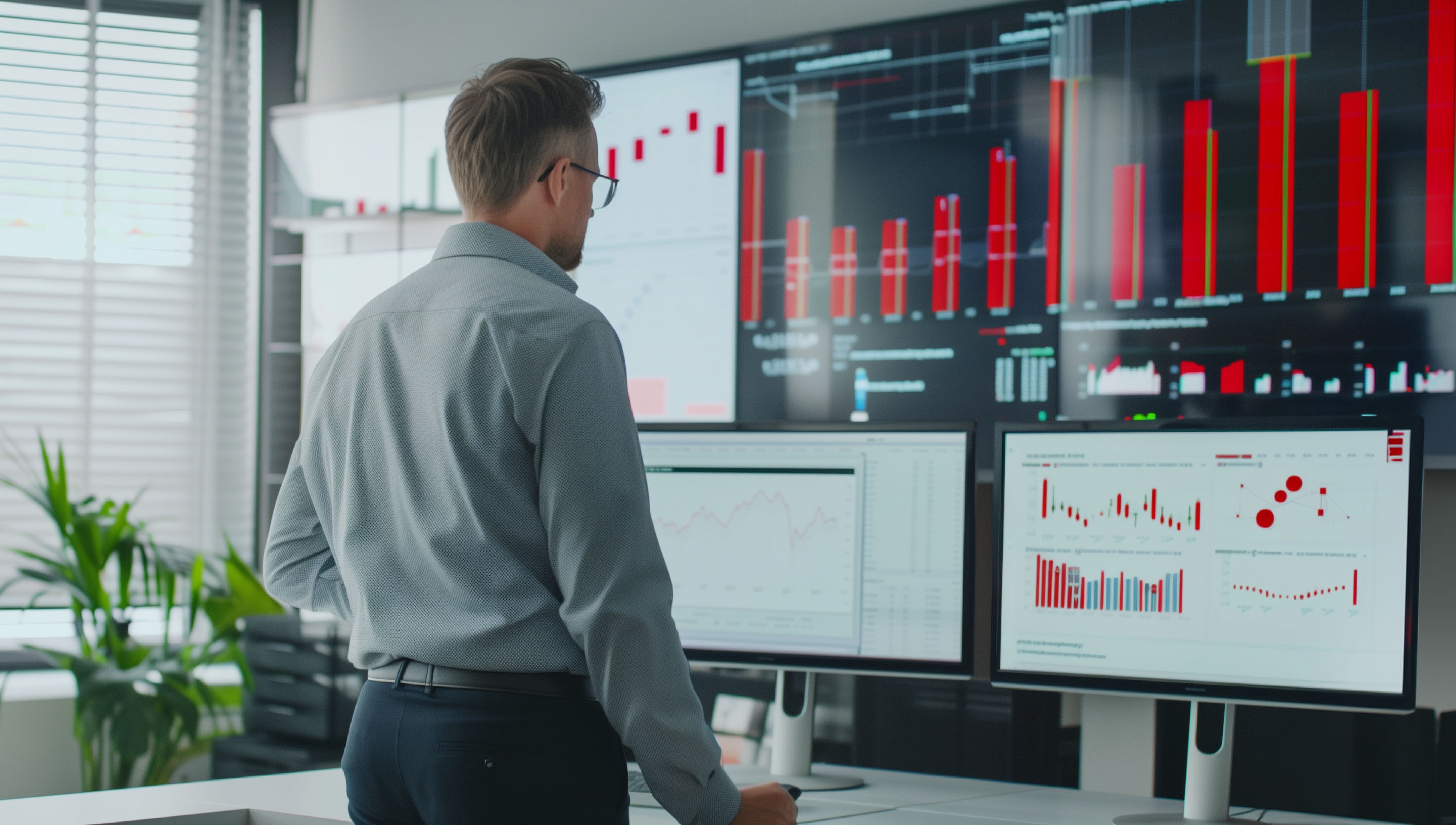Navigating this industry requires resilience; it’s not for the faint of heart. Facing and overcoming daily challenges is simply part of the journey.
With the pressures of rapid turnarounds, growing client expectations, inventory challenges, and tight profit margins, stress is a common companion, but with planning and a solid strategy, you can make it work.
In 2025, a fresh challenge emerged: a shape-shifting, unpredictable, difficult-to-quantify force to further complicate our operations: tariffs.
These tariffs, along with the looming uncertainty that accompany them, not only heighten stress levels but also hinder our ability to plan, strategize, and develop alternative approaches to effectively execute our strategies and meet customer demands.
While designed to lessen manufacturing dependencies and tackle trade imbalances, tariffs will almost certainly increase costs across the supply chain, affecting both businesses and consumers, which raises more questions than we currently have answers to including*:
- Will suppliers absorb the additional costs?
- Will manufacturers pass on tariff-related costs to customers?
- Will vendors shift production to areas with cheaper labor and more palatable trade agreements?
In this $26B† annual market, understanding the tariff effects on supply chain disruption and distribution uncertainty can make planning for profitability and cost controls a bit of a lottery.
Let’s take an inkjet printer as an example and break it down in terms of the device, consumables, assembly and delivery potentially facing an additional cost per part or piece.
- Each printer is composed of a multitude of parts, including the print head, ink cartridges, paper feeder, circuit board, and power supply, which together amount to hundreds of components, tiny nozzles, belt, stepper motor, paper support and sheet feeder…you get the idea.
- Next, weigh in the customization, complexity, and weight of production printers—which typically weigh thousands of pounds—they cannot simply be shipped by Amazon for assembly by your staff.
- Then, consider your paper costs, which account for approximately half the expense of a printed piece. Thirty years ago, there were 100 paper mills operating in the U.S.; as of last month, only 9 remain. This contraction means you may have to source from alternative suppliers, leading to additional tariffs on imported paper.
- Depending on your business model and capabilities, don’t forget to factor in costs for ink, toner, and plates, and consider the potential impact on your overall profit and loss statement.
This does paint a somewhat discouraging picture, but there is always opportunity that accompanies any challenge: you can take proactive steps even as disruptions continue and uncertainties remain.
Print businesses are made up of more than just machinery and their related expenses. Software and services play a crucial role in every successful printing operation, and (thus far**) they’re exempt from tariffs .
From strategy reassessment to resource streamlining, these steps can help mitigate potential tariff costs.
Take control of what you can control.
Reassess your overall business
All businesses should begin the year with an operating budget and a plan that aligns with its overall strategy. Successful businesses have the ability to course-correct when necessary. In light of recent disruptions and uncertainties, it’s important to revisit that strategy until a clearer understanding of tariffs, costs, and potential alternate suppliers comes to light.
- Analyze your supply chain: map your dependencies and potential revenue risks affected by potential tariff charges
- Assess potential impact: analyze operational changes and cash flow, highlighting vulnerabilities
- Explore mitigation strategies: can capital investments be deferred, are there alternate suppliers and new markets available to you?
Modify your investment strategy
While often seen as intangible, software and services are an important component to every print operation. If they are delivered through subscriptions, licenses or cloud platforms, they are treated as services rather than physical goods, therefore (so far) exempt from tariff charges.
Resource optimization
Maximizing every resource is critical, especially in an industry characterized by ~3% profit margins. Begin by examining the efficiency and effectiveness of your resource allocation and utilization. A comprehensive evaluation will pinpoint areas that need improvement while ensuring optimal deployment of resources.
The MIS Solution
A strong business management system, specifically a Print Management Information System (MIS) can optimize your operations from order entry to invoicing through workflow automation. It helps manage costs efficiently and facilitates the seamless movement of jobs through your production process by eliminating manual touchpoints and bottlenecks, minimizing costly and unnecessary waste.
Moreover, an MIS enhances resource optimization by eliminating redundant tasks and automating various processes. This ensures a streamlined production flow that effectively monitors both estimated and actual costs while effortlessly managing inventory and capacity planning.
Finally, a comprehensive system integrates your investments – such as web-to-print, accounting and other essential applications – eliminating the challenges and expenses that arise from using separate systems, and providing a solution driven by real-time data for better business decision-making.
Next steps
No matter which market or segment you operate in, implemented tariffs will impact your business; this is a certainty. Equally certain is the fact that every business can enhance its efficiency and productivity by implementing systems that are flexible, modular and specifically designed to tackle the pain points and improve your bottom line.
At Avanti, we’re here to help. We offer a no-obligation demo of our award-winning Avanti Slingshot® Print MIS and workflow evaluation that helps assess or reassess your business. If you have areas of improvement that require a fresh pair of eyes from experts.
_________________________________________



